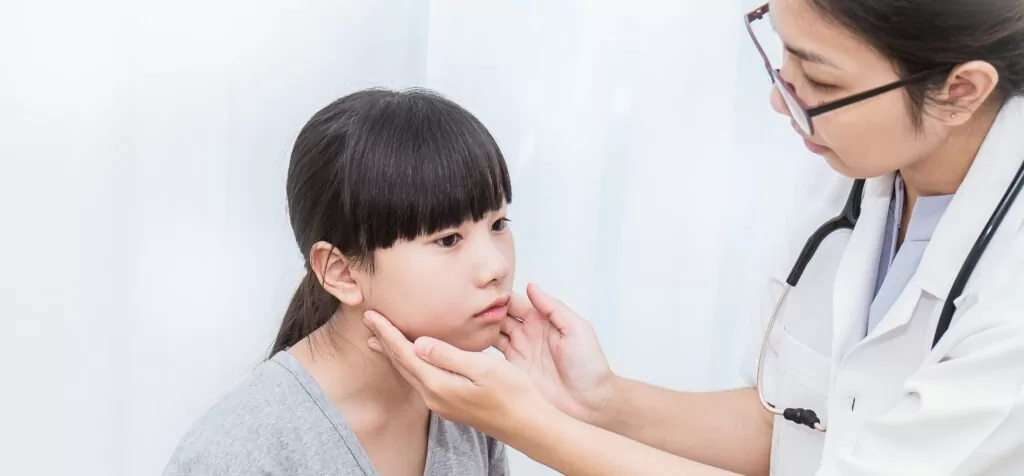
Meta: There’s no need to be afraid of a prescribed sleep study.
You’re not feeling quite right. You’re tired during the day despite getting what you think is a good night’s sleep. You do wake frequently, but you fall back to sleep. Still, you feel sluggish and make simple mistakes at work. You aren’t as alert as you could be, and you feel a bit more depressed than usual. If you are already diabetic or have a chronic condition, you may even notice the symptoms are a bit worse lately. What could be going on? Well, if you sleep with a partner they may say you’ve been snoring, gasping for air when you sleep, or stopping and restarting breathing while you sleep. If this sounds like you, it may be time for a sleep study.
But what goes on at a sleep study? It sounds both scary and peaceful at the same time, doesn’t it? But a sleep study is nothing to be afraid of. In fact, it’s pretty straightforward, and aside from wearing a few pieces of monitoring equipment, there’s not a whole lot you have to do. So, here’s what goes on at a sleep study.
A sleep study can occur at home or at a sleep center. At a sleep center, you will be escorted to a room much like a hotel suite or hospital suite. Your room will be private and you will have your own private restroom. You are allowed to bring your own pajamas for your own comfort and some places even allow you to bring your own pillow (check with yours first before arriving).
Next, your doctor will attach some sensors to you to monitor body activities. Sensors are attached to the legs, chest, scalp, and temples with adhesive and are painless. Then you go to sleep. That’s it! Your vital signs are monitored while you sleep, and when you wake up, you go home and your doctor gets your results, which are presented to you at a later date. It’s really that simple.
With an at-home test, you are given a machine to use that records the same types of information as an in-clinic test, but not as detailed, and not quite as accurately, though still very accurate. A doctor may start you with an at-home test and then request you take an in-clinic test depending on the results of your in-home test.
Once you have a diagnosis, you are then prescribed sleep apnea therapy, either a CPAP machine, or for those who do not want to go the CPAP route, a sleep orthotic like those available from Dr. Abelar. Sleep orthotics prop the airway open by positioning the jaw open in such a way that allows for proper breathing during the night, without the use of forced air and are generally preferred to CPAP.
To speak to Dr. Abelar about a sleep orthotic, or if you are concerned you may need a sleep study, please contact the office today!






